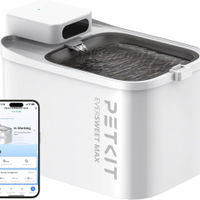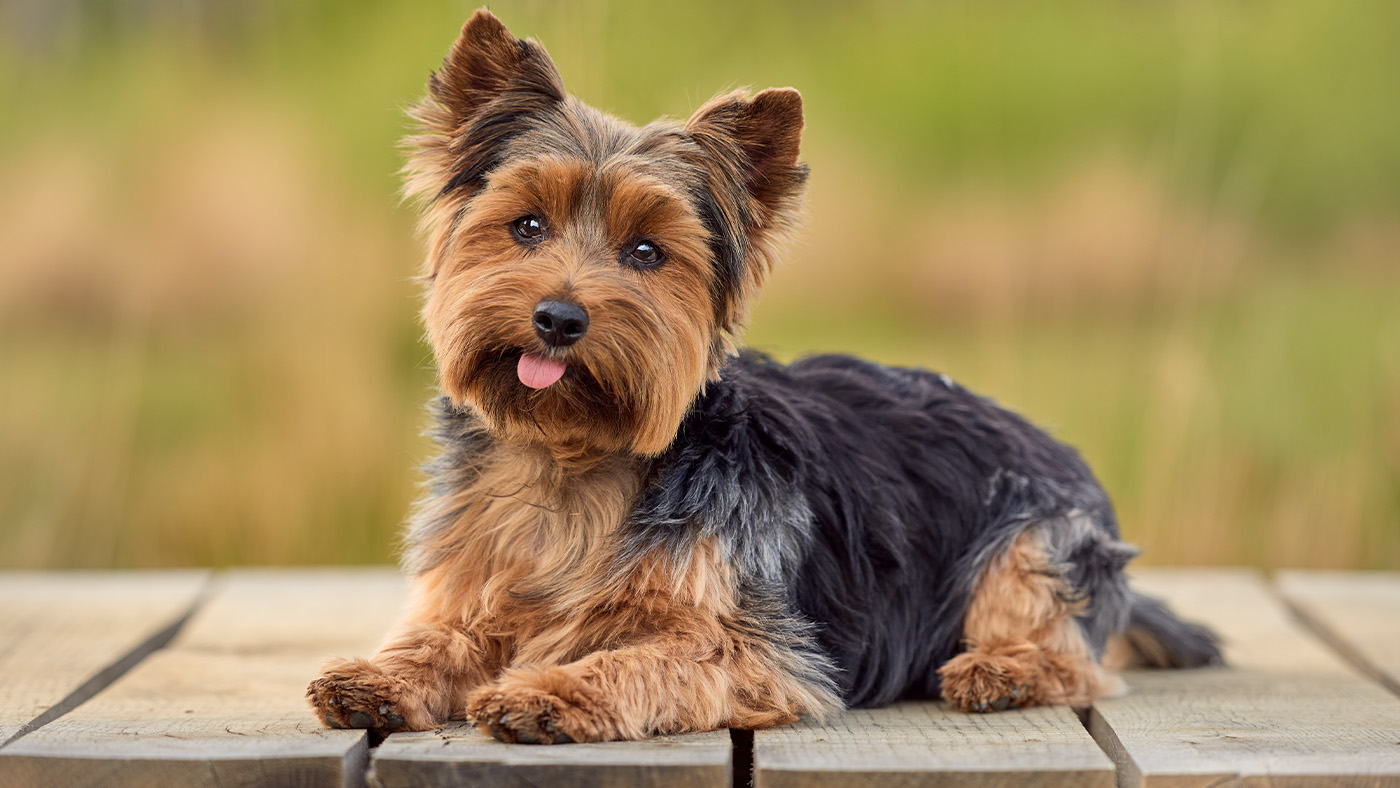How long can cats go without water? Our vet has the answer
Find out how long cats can go without water – and the hidden dangers of dehydration
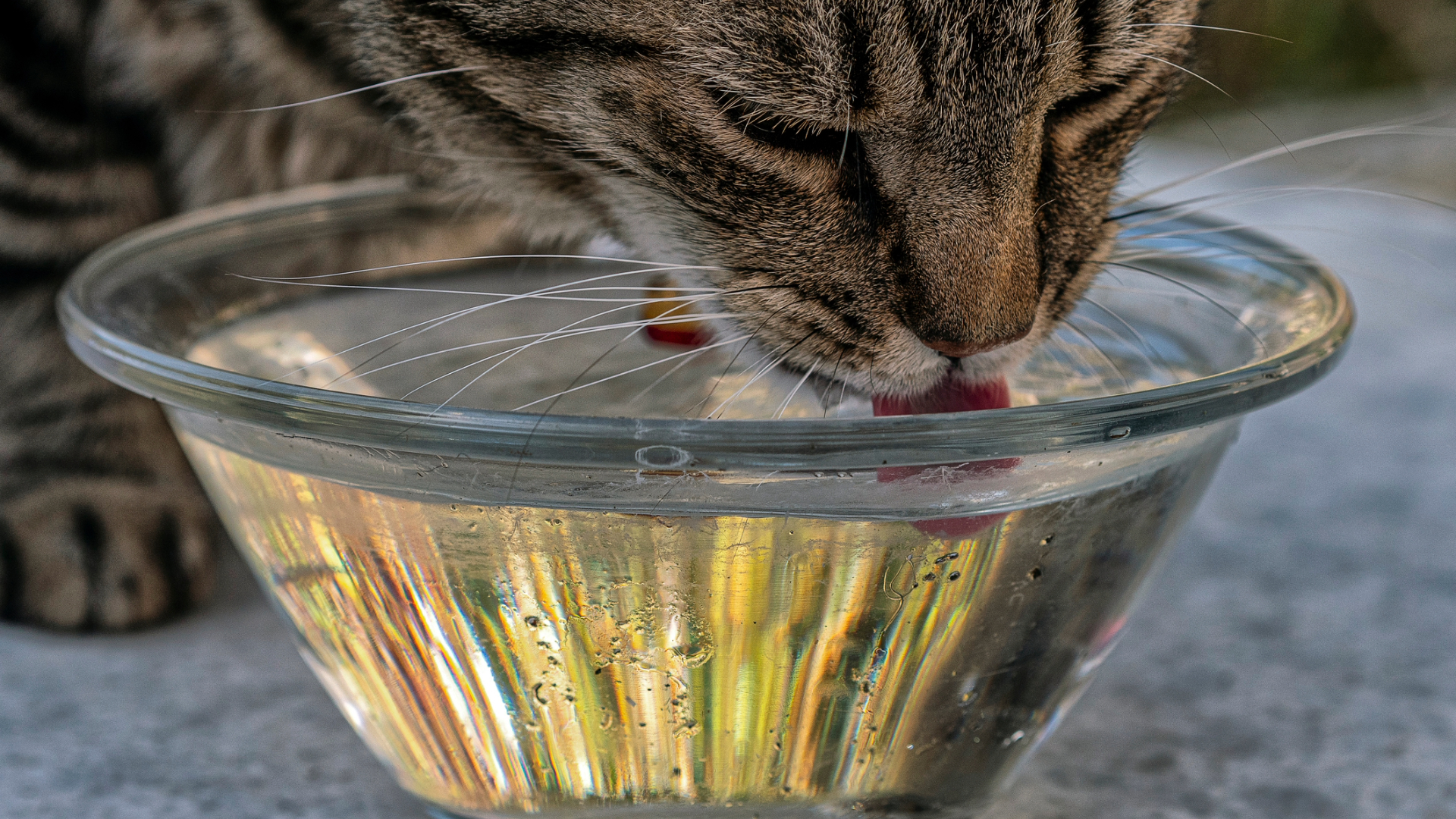
How long can cats go without water? This is a common question asked by concerned cat owners. Water is essential for a cat’s health, yet many pet owners underestimate how crucial proper hydration is. While some adult cats may survive up to three or four days without drinking, dehydration in cats can cause serious health issues in as little as 24 hours.
Cats naturally have a low thirst drive, a trait inherited from their desert-dwelling ancestors, which makes it easy for them to become dehydrated – especially if they are fed primarily dry food. Dehydration can lead to kidney problems, digestive issues, and even life-threatening conditions if left untreated.
As a vet with over 13 years of experience in feline health, I’ve seen many cases where cats refused to drink, sometimes due to illness and other times due to behavioral preferences. In this guide, I’ll explain how long cats and kittens can safely go without water, what happens if they don’t drink for a few days, and practical ways to encourage good drinking habits.
If your cat is reluctant to drink, the best pet water fountains may help, as many cats prefer running water.
How long can cats go without water?
Adult cats and kittens require daily hydration to stay healthy. Cats will have different requirements depending on their size and weight.
Adult cats: A healthy adult cat should be able to survive without water for about three days. It is very important to note they should never intentionally be put in this situation. Within 24 hours of no water, your cat will start experiencing dehydration. Beyond 72 hours, vital organs become damaged and may begin to fail, making it a medical emergency.
Kittens: Kittens are far more vulnerable. Due to their size, they have a high surface area to volume ratio compared to adult cats. Their small bodies lose moisture very quickly, and they have higher hydration needs. Without water, a kitten may show signs of dehydration in as little as 8 hours and could become critically ill within 24 hours.
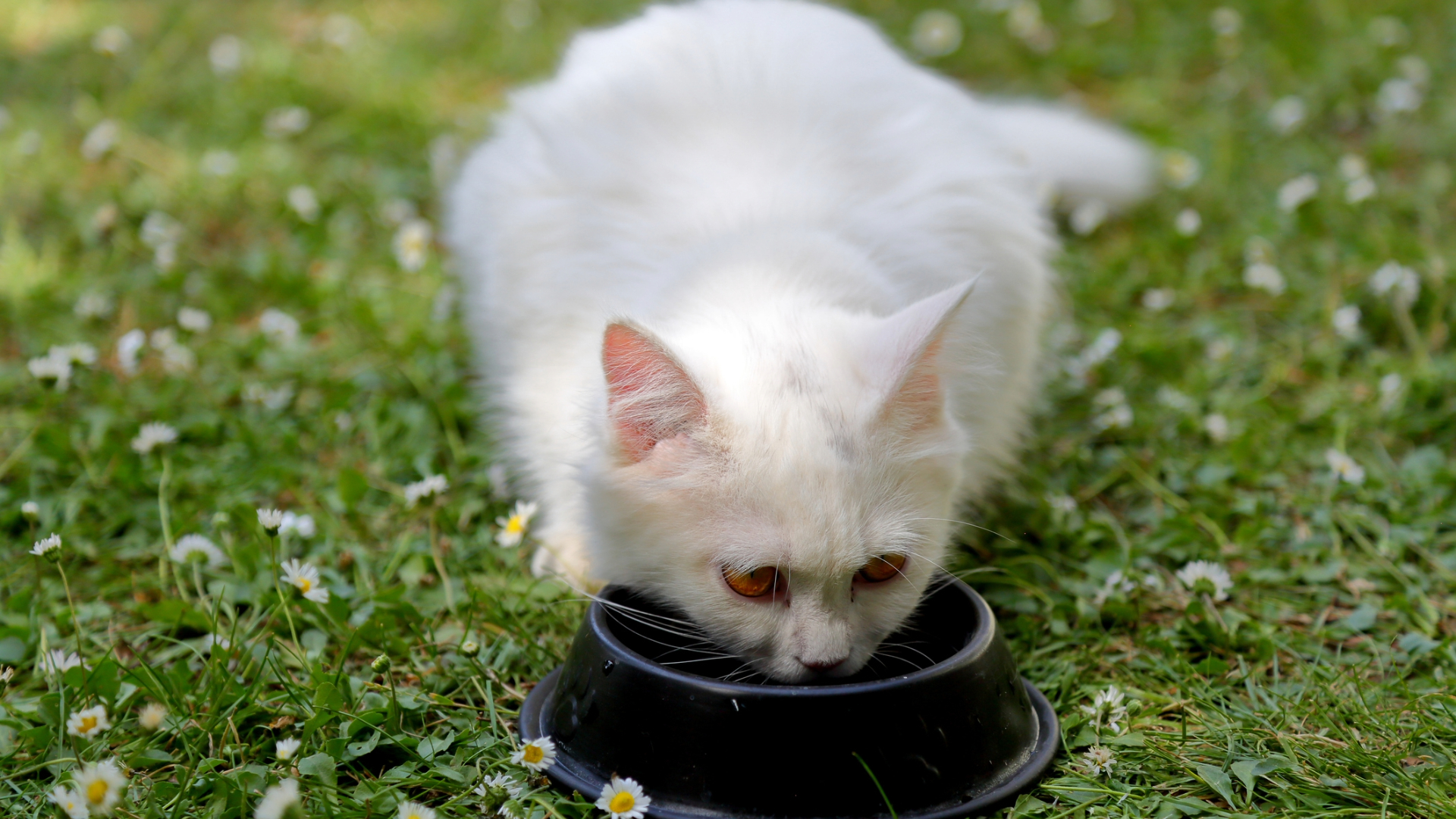
Why is water important for cats?
Cats, just like humans and other animals, need to stay well-hydrated for several vital functions:
- Digestion: Water plays a crucial role in breaking down food and aiding the absorption of nutrients. Proper hydration also helps prevent constipation by keeping stool soft and ensuring smooth movement through the intestines.
- Blood circulation: Water is a key component of blood, which transports oxygen, nutrients, and hormones to cells while also carrying away waste products. Proper hydration ensures efficient circulation and overall health.
- Temperature regulation: While cats tolerate heat better than some animals, they still rely on water to help regulate their body temperature, particularly during hot weather. Unlike humans, cats do not sweat much, so hydration is crucial to prevent overheating. Here are some pointers on how to cool down a cat in hot weather.
- Kidney function and toxin removal: Water is essential for kidney function, helping filter out waste and toxins through urine. Adequate hydration supports kidney health and reduces the risk of urinary tract infections and kidney disease, which are common in cats.
- Joint and tissue health: Water keeps joints and surrounding tissues lubricated, promoting flexibility and reducing the risk of stiffness or discomfort, especially in older cats or those with arthritis.
- Cellular and biochemical processes: Water is involved in numerous biochemical reactions within the body, supporting metabolism, energy production, and overall organ function.
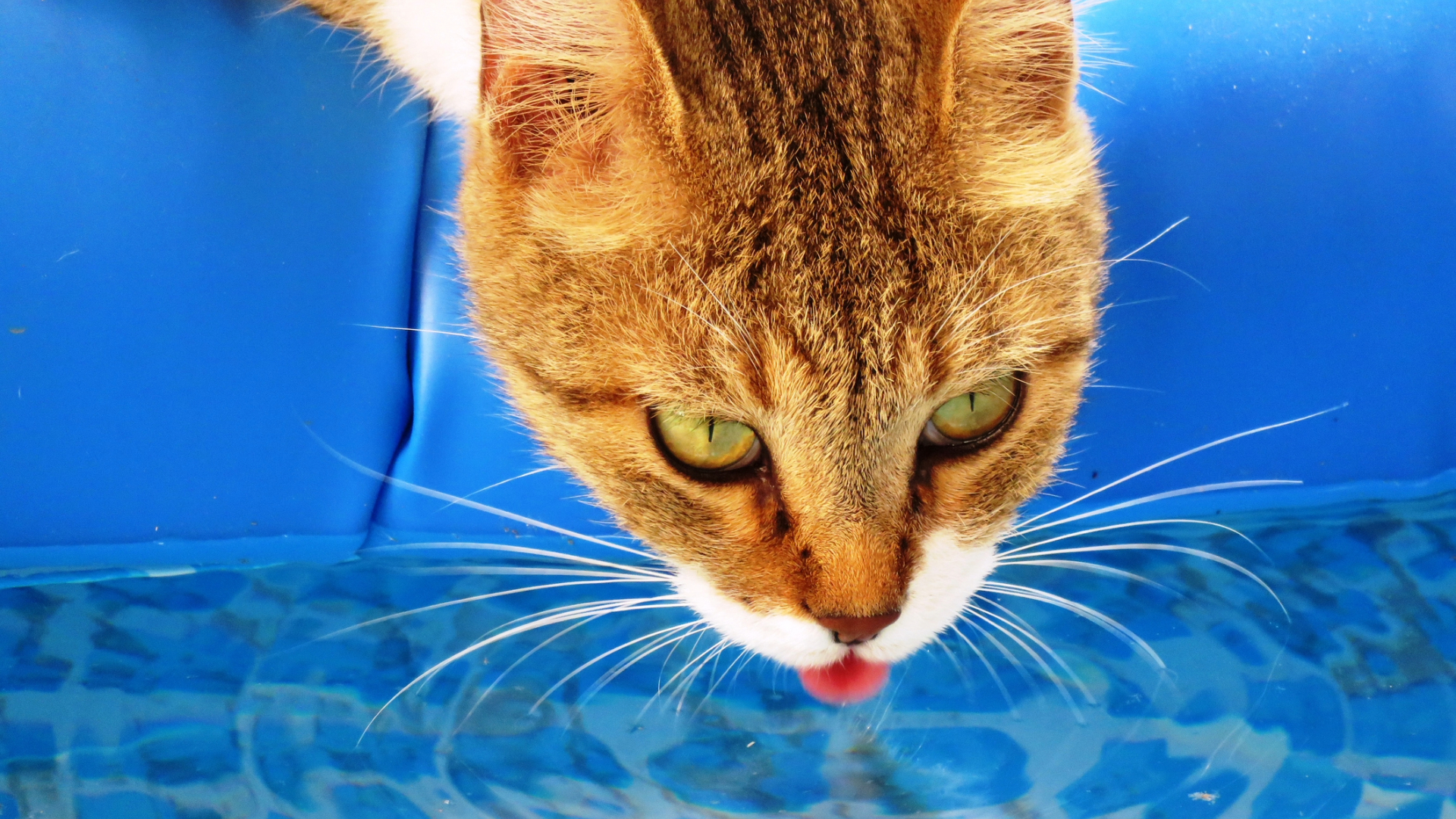
What happens if my cat doesn't drink water for three days?
If a cat stops drinking water for three days, severe dehydration can lead to life-threatening complications. Here is how their condition may deteriorate over time...
After 24 hours without water:
Early signs of dehydration will become noticeable. These include dry gums, lethargy, and reduced skin elasticity. You can check for dehydration at home by gently lifting the skin at the back of your cat’s neck between your fingers. If the skin remains "tented" and does not quickly return to its normal position, your cat is dehydrated.
Other symptoms may include:
- Decreased energy levels and reduced interest in movement or interaction
- A decline in appetite
After 48 hours without water:
By this stage, symptoms will worsen, and your cat will become significantly weaker.
Symptoms may include:
- Sunken eyes and a dull coat due to dehydration
- Extreme sluggishness, reluctance to move, and a lack of grooming
- An increased heart rate and possibly labored breathing
- Constipation due to a lack of moisture in the digestive system
After 72 hours without water:
At this point, your cat will be critically dehydrated, and the risk of permanent organ damage or failure is extremely high. There is a dangerously low chance of survival without emergency vet treatment at this point.
Symptoms may include:
- Seizures, disorientation, or collapse
- Shock, where the body can no longer circulate blood effectively
If your cat hasn’t drank water for 24 hours, try encouraging them to drink (see the next section for tips). If they refuse water for 48 hours or more, seek immediate veterinary care – this is a life-threatening emergency.
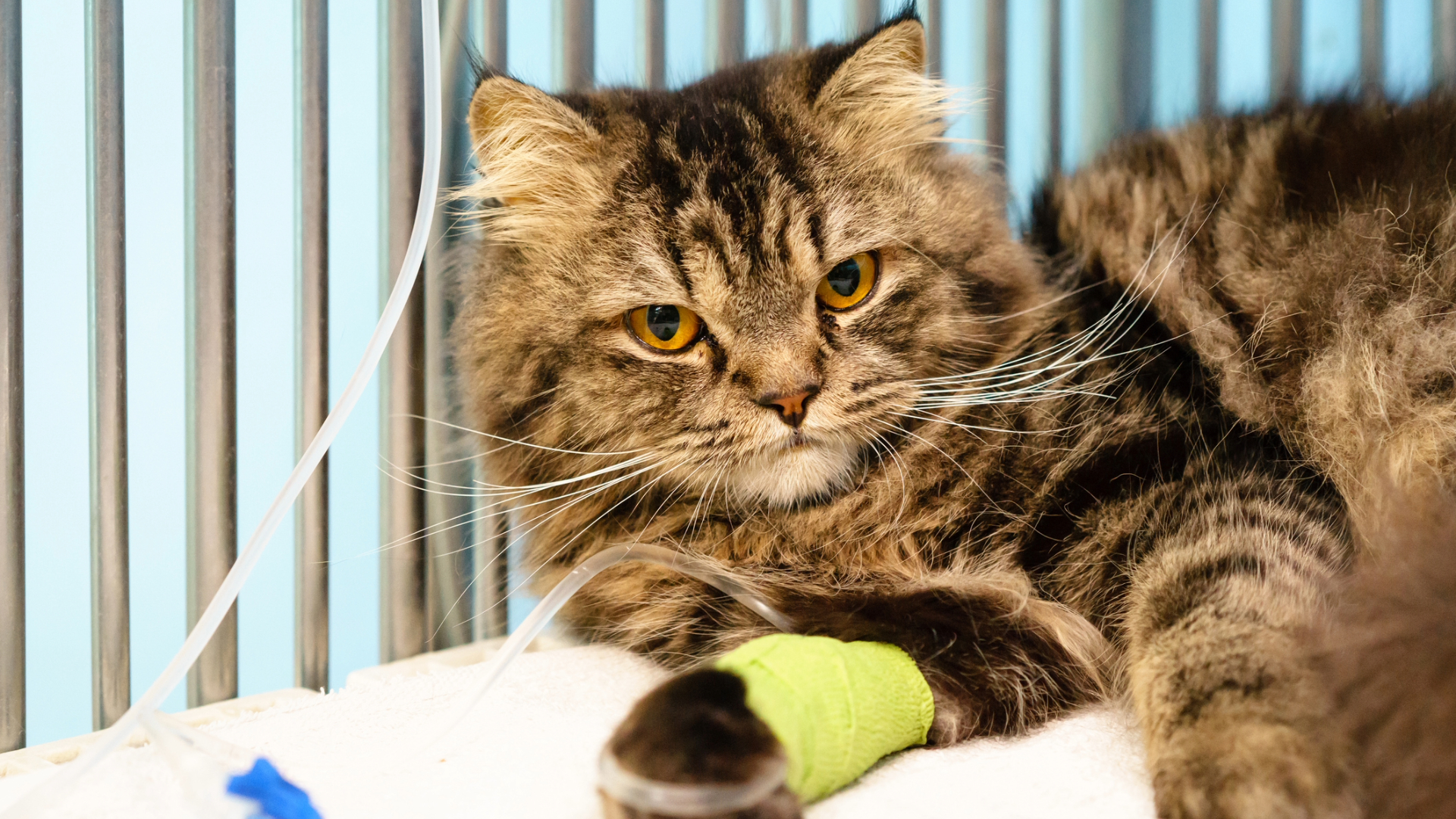
How to give a cat water that won't drink
1. Use a water fountain
Many cats prefer running water because it mimics natural streams and appears fresher than still water. A pet water fountain can encourage drinking by keeping the water constantly circulating. Some cats are also drawn to the gentle sound of trickling water, which may make them more likely to drink.
Petkit Eversweet Max Cordless Cat Water Fountain | Amazon
The Petkit Eversweet Max Cordless Cat Water Fountain is a wireless, 3L pet water dispenser designed to provide fresh, filtered water for cats and small dogs. Its automatic circulation system helps keep water clean, while the multi-layer filtration removes impurities. With app control, pet owners can monitor water levels and filter status remotely. The quiet, energy-efficient design makes it a convenient and pet-friendly hydration solution.
2. Try different water bowls
Cats can be quite picky about their water bowl, from its shape and material to its location in the home. If your cat seems reluctant to drink, try:
- Using ceramic or stainless steel bowls, as plastic can retain odors that may deter them
- Opting for wide, shallow bowls to prevent their whiskers from touching the sides (some cats find this uncomfortable). You might want to read our feature on whisker fatigue in cats
- Placing bowls in quiet areas away from food and litter trays
- Avoiding spots where shadows fall over the bowl, as this may discourage drinking
3. Provide fresh water regularly
Cats dislike stale or warm water, so it’s essential to refresh their water at least once a day – or more often if possible. Clean the bowl regularly to prevent bacteria buildup. A dirty water bowl may deter your cat from drinking.
4. Add water to their food
If your cat eats dry cat food, try mixing in a little water or switching to wet food, which contains around 75% moisture. You can also mix extra water into wet food to create a gravy-like consistency.
5. Offer flavored water
Some cats may drink more if their water has a mild taste. Try adding a small amount of tuna juice (in water, not oil) or low-sodium chicken or bone broth – just be sure it doesn’t contain onions, garlic, or added seasoning.
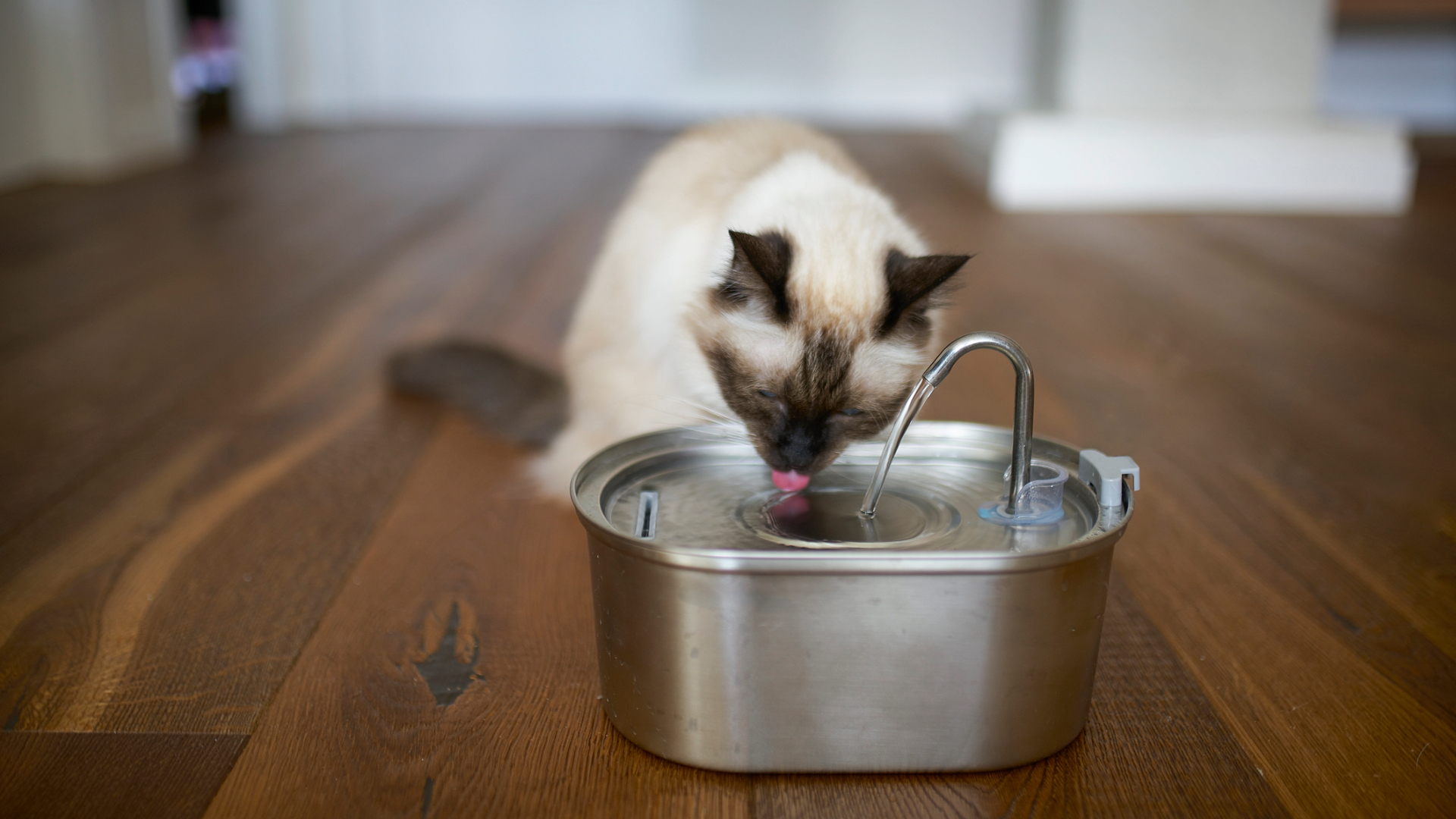
6. Place multiple water sources around the house
If your cat moves between rooms, providing several water bowls in different locations makes drinking more convenient. This is especially important in multi-cat households, where competition over resources can discourage some cats from drinking enough.
7. Use ice cubes
Dropping ice cubes (made from water or broth) into the bowl can make drinking more appealing and engaging for some cats.
8. Syringe water if necessary
If your cat is mildly dehydrated, you can use a needle-free syringe to gently squirt small amounts of water into their mouth. However, if your cat shows signs of severe dehydration, seek veterinary care immediately, as this method is not a substitute for professional treatment.
9. Use a water filter
Some cats are sensitive to the taste of chlorine or other chemicals in tap water. Using a water filter can help improve the taste, making it more appealing.
Hydration is essential for your cat’s health. While they may survive up to three days without water, dehydration can start causing harm within 24 hours. If your cat isn’t drinking, act quickly by encouraging water intake or seeking veterinary care if needed.
By understanding your cat’s hydration needs and taking steps to encourage drinking, you can keep them safe and well-hydrated for years to come.
If your cat's not eating or your cat is drinking a lot of water, our vet's guides can help. You might also want to find out what cats should drink.
PetsRadar Newsletter
Get the best advice, tips and top tech for your beloved Pets
Emma graduated from the Royal Vet College in London in 2011. She has a keen interest in surgery and went on to do a postgraduate certificate in small animal surgery and was then awarded advanced practitioner status in the same discipline.
